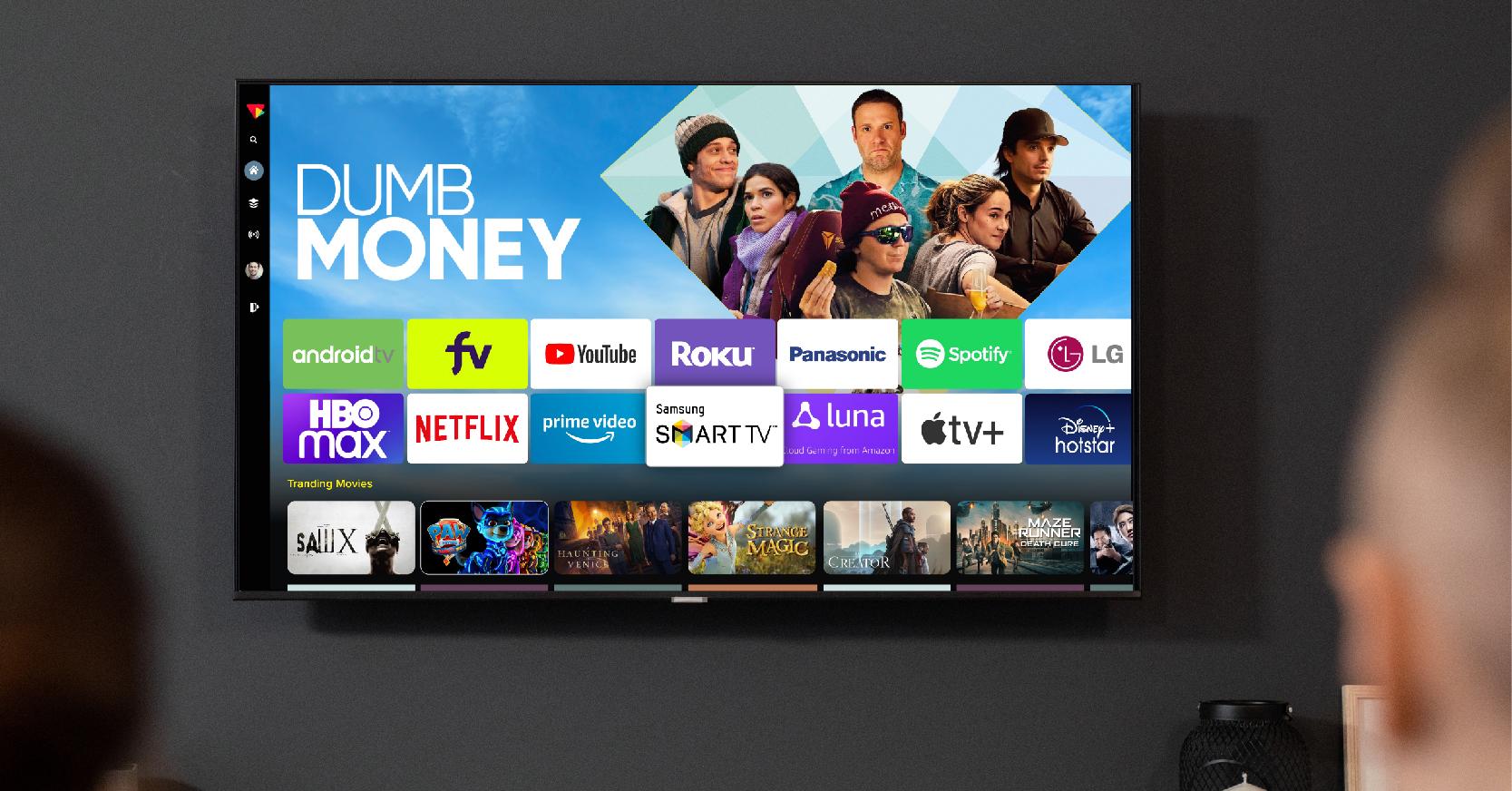More About Apollo Group Tv
More About Apollo Group Tv
Blog Article
8 Simple Techniques For Apollo Group Tv
Table of ContentsSome Known Questions About Apollo Group Tv.Apollo Group Tv Can Be Fun For EveryoneLittle Known Questions About Apollo Group Tv.Excitement About Apollo Group Tv
In this scenario, instead of having three-minute industrial places during a 30-minute television program, TV programming might transform to one where a consumer will be called for to have a month-to-month registration, so that they cen view targeted banner advertisements. This sort of advertising and marketing currently takes place online, and the amount of data television companies collect enables them to do similar.Explain the major fads amongst the broadcasting and cord networks. Popular radio shows such as police dramatization Dragnet and western cowboy collection Gunsmoke were adapted for tv, and new TV programs were sponsored by single marketers, simply as radio shows had actually been.
Today, the television industry is much much more intricate. Programs are funded by several advertisers; shows is managed by major media conglomerates; and the 3 major networks no much longer control the airwaves but rather share their customers with numerous cable television channels. Several aspects make up these patterns within the industry, consisting of technical growths, government regulations, and the development of brand-new networks.

Apollo Group Tv Can Be Fun For Everyone
Developed in 1969, (PBS) developed out of a report by the Carnegie Payment on Educational Television, which took a look at the role of educational, noncommercial television on society. Public television was likewise planned to provide universal accessibility to television for viewers in rural locations or visitors that might not manage to pay for exclusive television services.
The duration in between 1950 and 1970 is historically acknowledged as the. Apart from a small portion of airtime managed by public tv, the 3 significant networks (called the Big Three) controlled the tv sector, jointly making up more than 95 percent of prime-time watching. In 1986, Rupert Murdoch, the head of international firm Information Corp, launched the Fox network, challenging the prominence of the Big 3.
Targeting young and minority target markets with programs such as Buffy the Vampire Killer, Moesha, Dawson's Creek, and The Wayans Bros., the new networks intended to draw terminals away from their old network affiliations. Nevertheless, as opposed to repeating the success of Fox, UPN and WB struggled to make an effect. Not able to draw in lots of affiliate terminals, the two recently established networks reached fewer homes than their larger rivals because they were unobtainable in some smaller sized cities.
This decision paved the means for the growth of wire movie channels, adding to the rapid development of cable television in the 1980s and 1990s. apollo group tv. Further deregulation of wire in the 1984 Wire Communications Policy Act eliminated limitations on cable prices, making it possible for operators to bill what they desired for cable solutions as long as there worked competition to the solution (a criterion that over 90 percent of all cord markets might fulfill)
The Definitive Guide for Apollo Group Tv

Having produced the initial "superstation," Turner expanded his world by starting 24-hour information network CNN in 1980. At the end of the year, 28 nationwide programming solutions were readily available, and the cable revolution had begun. Over the following years, the sector undertook a period of rapid development and appeal, and by 1994 visitors can select from 94 fundamental and 20 costs cord solutions.
Number 9 - https://www.storeboard.com/apollogrouptv7.16 Enhanced competitors from cord networks has actually created a steady decrease in the networks' target market ratings. Throughout the 1950s, the cost of generating a solitary television program increased as programs became much longer and production costs skyrocketed. Sponsorship on network tv shifted from solitary sponsorship, in which a program was totally sustained and produced by one advertiser, to numerous sponsorship, in which advertisers bought 1- or 2-minute areas on the program
Each response ought to be a minimum of one paragraph. Pick among the Big 4 networks and print out its weekly programs timetable. Watch the network's prime-time programs over the course of a week, noting the target market for each and every show. Observe the marketing enrollers that sustain each program and contrast just how the items and solutions fit with the intended audience.
Everything about Apollo Group Tv
Linear TV, commonly described as traditional program TV, encompasses cable and satellite tv. It's called "direct" due to the fact that web content complies with an established programming schedule, unlike on-demand web content which the private customer decides to watch based on their own preferences and schedule. When you ask, "What is direct Television?", consider it as the classic way of viewing TV that has been around for decades.
Report this page